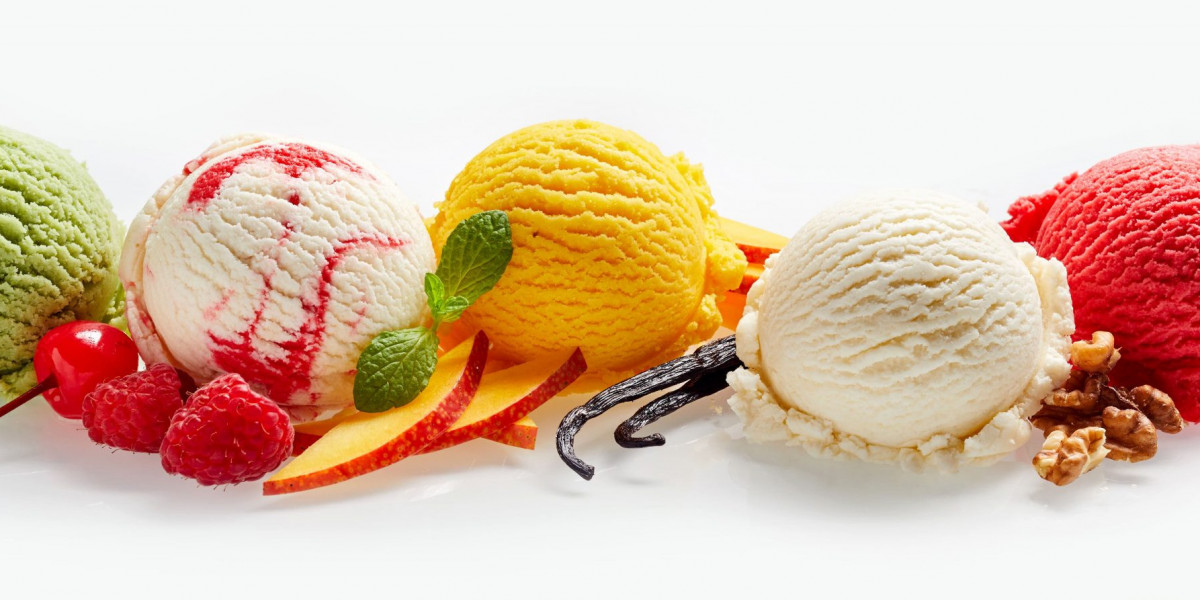The solar PV inverters market has experienced significant growth due to the increasing adoption of solar energy worldwide. Solar PV inverters play a vital role in converting the direct current (DC) electricity generated by photovoltaic (PV) panels into alternating current (AC), which can be used by homes, businesses, and the grid. However, despite the numerous advantages of solar energy, environmental and climatic conditions present certain challenges that affect the performance of solar PV systems, including the inverters. These challenges can impact efficiency, lifespan, and overall reliability, which ultimately restrict the growth potential of the solar PV inverters market. This article explores how environmental and climatic conditions impact solar system performance, especially inverters, and the challenges they present to the market.
Understanding the Role of Solar PV Inverters
Before diving into the environmental challenges, it’s essential to understand the function of solar PV inverters in a solar power system. Solar panels generate DC electricity when exposed to sunlight. Since most electrical appliances and the grid operate on AC electricity, solar PV inverters are responsible for converting DC to AC. These inverters also perform other critical functions, such as monitoring energy production, ensuring safety, and providing feedback to grid operators when necessary. In short, they ensure that the electricity produced by solar systems is both usable and stable.
For solar systems to function effectively, inverters must work optimally, ensuring that the generated solar power can be used for household consumption or fed into the grid. However, environmental and climatic conditions have a significant impact on the performance and reliability of these inverters, potentially creating obstacles for widespread adoption.
Key Environmental and Climatic Factors Affecting Solar System Performance
Temperature Extremes and Their Impact on Inverter Efficiency
One of the primary environmental factors that affect the performance of both solar panels and solar PV inverters is temperature. Solar panels and inverters are designed to operate within a specific temperature range. However, extreme temperatures—whether very hot or cold—can adversely affect the functioning of these components.
High temperatures can cause the internal components of solar inverters, such as semiconductors and capacitors, to overheat, leading to decreased efficiency and performance. Inverters operating in hot climates may experience thermal stress, which can reduce their lifespan and result in frequent maintenance needs. Additionally, high temperatures may cause the inverters to shut down temporarily to avoid damage.
On the other hand, extremely low temperatures can lead to challenges in inverter performance as well. Cold weather can cause the inverter's electronic components to become brittle and more prone to failure. Moreover, when solar panels are covered by snow or ice in colder regions, energy production is reduced, affecting the inverter’s load. Inverters may also have to work harder to manage energy flow during such conditions, increasing wear and tear.
Thus, regions with extreme temperature fluctuations present a significant restraint for the solar PV inverters market, as inverters need to be specially designed to function optimally in these environments, adding to the cost and complexity of the systems.
Humidity and Moisture Damage
Another environmental factor that can affect solar PV inverters is humidity and moisture. Inverters, especially those installed outdoors, are vulnerable to water damage from heavy rains, flooding, or high humidity levels. Moisture can infiltrate the inverter's internal circuitry, leading to rust, corrosion, or electrical short circuits. Over time, this can severely reduce the inverter's efficiency and lifespan.
In tropical or coastal regions, where humidity and moisture levels are consistently high, this issue becomes even more pronounced. Even though many inverters are designed to withstand some exposure to moisture, prolonged exposure or extreme conditions can shorten their operational life and reduce their performance.
To mitigate these issues, manufacturers must develop inverters that are weather-resistant and able to withstand high humidity, but this comes with higher production costs. As a result, regions with high humidity or frequent rain may find the cost of solar PV systems, including inverters, to be prohibitively expensive, limiting their widespread adoption.
Dust, Dirt, and Pollution
In areas with frequent dust storms, high pollution levels, or regions near deserts, dust and dirt accumulation on both solar panels and inverters can significantly reduce system performance. Dust particles on solar panels block sunlight from reaching the photovoltaic cells, thereby decreasing energy generation. While this affects the panels more directly, inverters also suffer from the buildup of dust, dirt, and debris, particularly if they are installed in exposed areas.
Inverters that are not properly sealed or designed to cope with such environmental conditions can become clogged with dust, reducing airflow and causing the internal components to overheat. Over time, this can lead to malfunctions or failures, resulting in costly repairs and system downtime. In regions with high levels of pollution or frequent dust storms, solar PV systems may require more frequent maintenance and cleaning, increasing operational costs for owners.
Lightning and Electrical Surges
Areas prone to frequent thunderstorms and lightning strikes pose another significant challenge to solar PV inverters. Lightning can cause power surges, which can damage the internal components of inverters, especially if the systems are not properly grounded or equipped with surge protection devices. Power surges can lead to costly repairs and potentially shorten the lifespan of inverters.
While surge protection can mitigate some of the risks associated with lightning, the need for additional protective measures increases the cost of installing and maintaining solar PV systems. In regions that are frequently affected by severe weather conditions, the potential for damage to inverters from lightning and electrical surges becomes a key restraint for the solar PV inverters market.
Severe Weather Events
Severe weather events such as hurricanes, typhoons, and tornadoes can disrupt solar PV system operations, including the performance of inverters. These events may physically damage solar panels, wiring, and inverters, leading to costly repairs or system failure. Additionally, during such extreme weather conditions, solar power generation is often reduced due to cloud cover or debris blocking sunlight.
For solar PV systems to be reliable in regions that are prone to such extreme weather, inverters must be designed to endure harsh conditions. However, the additional cost of durable, weather-resistant inverters and the need for robust infrastructure to support the systems in such environments can limit their market potential, particularly in regions that are frequently affected by severe weather.
Conclusion: Addressing Environmental Challenges for Solar PV Inverters Market Growth
While the solar PV inverters market holds substantial growth potential, it is clear that environmental and climatic conditions present significant challenges to the performance of solar systems. Extreme temperatures, humidity, dust accumulation, lightning, and severe weather events can all impact the efficiency, reliability, and lifespan of solar inverters. These environmental factors not only affect the performance of solar systems but also introduce additional costs related to maintenance, repairs, and system design.
To address these challenges, manufacturers must develop solar inverters that are highly durable and adaptable to a wide range of environmental conditions. Innovations in weather-resistant inverters, enhanced cooling systems, and advanced surge protection technologies will be key to ensuring that solar PV systems can perform optimally in diverse climates.
Furthermore, educating consumers about the importance of selecting the right inverter for their local conditions and investing in maintenance practices will help mitigate the impact of environmental challenges on solar PV system performance. By addressing these restraints, the solar PV inverters market can continue to grow and thrive in an increasingly renewable energy-driven world.
Learn more:- https://www.pristinemarketinsights.com/solar-pv-inverters-market-report









